Women who shaped the history of biology
The history of biology is incomplete without mentioning the key roles played by Barbara McClintock, Nettie Maria Stevens, Rosalind Franklin and others. Without the contribution of these women, biology would not have been where it is today.
Women in biology: Nettie Maria Stevens – Discovery of sex determination
Nettie Maria Stevens, born in Vermont, USA in 1861, was a geneticist who spent her life working on beetles. She has made substantial factual contributions to the science of cytology, embryology and theoretical genetics. In 1905, Stevens published a paper on sex determination where she described that male beetles produce two types of sperm cells: one with a large chromosome and one with a small chromosome. Significantly, sperm cells that contain the larger chromosome produce female beetles upon uniting with the egg. In contrast, the union of egg with a sperm cell that contains the small chromosome produces male beetles. Nettie Stevens applied this finding to human sex determination (X-Y chromosomes) that prior was thought to be determined by the environment. Edmund Beecher Wilson, a fellow geneticist, published similar findings independently in the same year. “Miss Stevens had a share in a discovery of importance and her name will be remembered for this,” said Thomas Hunt Morgan, a Nobel laureate for his vast contribution to the field of heredity (Ogilvie and Choquette, 1981).
Women in biology: Barbara McClintock – Discovery of transposons
Barbara McClintock, born in Connecticut, USA in 1902, was a classical geneticist who spent her life working on maize. At a time when women were rare in science, she received a PhD from the prestigious Cornell University. McClintock’s deep understanding and connection to biology was considered as a “philosophical and methodological deviation.” She said: “No two plants are exactly alike. They are all different, and as a consequence, you have to know that difference.” In the 1940s, she developed the concept of jumping genes that become known as transposons (Rosner, 1994). In 1983, Barbara McClintock’s work was awarded with the Nobel Prize in Physiology and Medicine (Nobel Media AB, 2021).
Women in biology: Rosalind Franklin – Capturing an X-ray image of DNA
Rosalind Franklin, born in London, UK in 1920, was an expert X-ray crystallographer who, after a year of persistence and careful work, succeeded in capturing the X-ray image of DNA, the famous Photo51. “Her photographs were among the most beautiful X-ray photographs of any substance ever taken,” said John Desmond Bernal, a pioneer in X-ray crystallography (Gibbons, 2012). Photo51 assisted Watson and Crick in formulating a structural model of DNA. Eventually, Watson and Crick were credited for describing the DNA structure, but Franklin’s work was critical. In the past, only a few people may have known about Rosalind Franklin’s contribution in solving the DNA structure. Nowadays, however, she is mentioned in the same breath as Watson and Crick.
Women who are currently shaping the history of biology
Women in biology: Emmanuelle Charpentier and Jennifer Doudna – Development of CRISPR/Cas9 technology
Jennifer Doudna, born in Washington, D.C. in 1964, and Emmanuelle Charpentier, born in Juvisy-sur-Orge, France in 1968, were the first female scientists to share a Nobel Prize. Their revolutionary discovery of the molecular scissors “CRISPR/Cas9” is employed in multiple disciplines in labs around the world (Jinek et al., 2012). “My wish is that this will provide a positive message specifically to the young girls who would like to follow the path of science, and to show them that women in science can also be awarded prizes,” Charpentier tweeted after she was awarded the Nobel Prize, “but, most importantly, that women in science can also have an impact through the research that they are performing.” The discovery of the CRISPR/Cas9 genome editing technology is a scientific dream that comes true.

Women in biology: Katalin Kariko – Development of mRNA technology
Katalin Kariko, born in Szolnok, Hungary in 1955, is a biochemist who believes in the potential of mRNA-based technology. Even though the scientific community was not ready to fund her project. Kariko knew exactly what she was doing. “She was just so adamant that this technology could work and it would work and it could help save lives,” said Kariko’s daughter Francia. Katalin’sr persistent work of four years, eventually, transformed into a technology that enabled biotechnology companies to synthesise vaccines against the global COVID-19 pandemic (Karikó et al., 2008; Krienke et al., 2021).
Women in biology: Nina Tandon – Use of stem cells for growing of bones
Nina Tandon, born in New York, USA in 1980, is a biomedical engineer and the CEO and co-founder of EpiBone, the first-ever company to grow human bones using stem cell technology. The stem cells are harvested from patients in need of new bones and are used to reconstruct a bone of the same shape and size (Ghoneim, 2016). This strategy helps to bypass the problem of immune rejection. “We need more people embracing science. We need more kids, young kids, U.S. citizens who are psyched about it – especially young girls,” says Tandon.
For the International Women’s Day 2021, we are having a raffle called “QUEEN OF THE LAB”.
To participate, simply post a photo of you and all your female colleagues on the Eurofins Genomics Facebook or Instagram page with the hashtags #EurofinsGenomics and #WeAreTheQueensOfTheLab from 03.03.2021 until 10.03.2021.*
The winners of the raffle will get “Queen of the Lab” t-shirts for all female colleagues on the posted photos. The winners are drawn randomly and will be announced on Facebook and Instagram via private message.
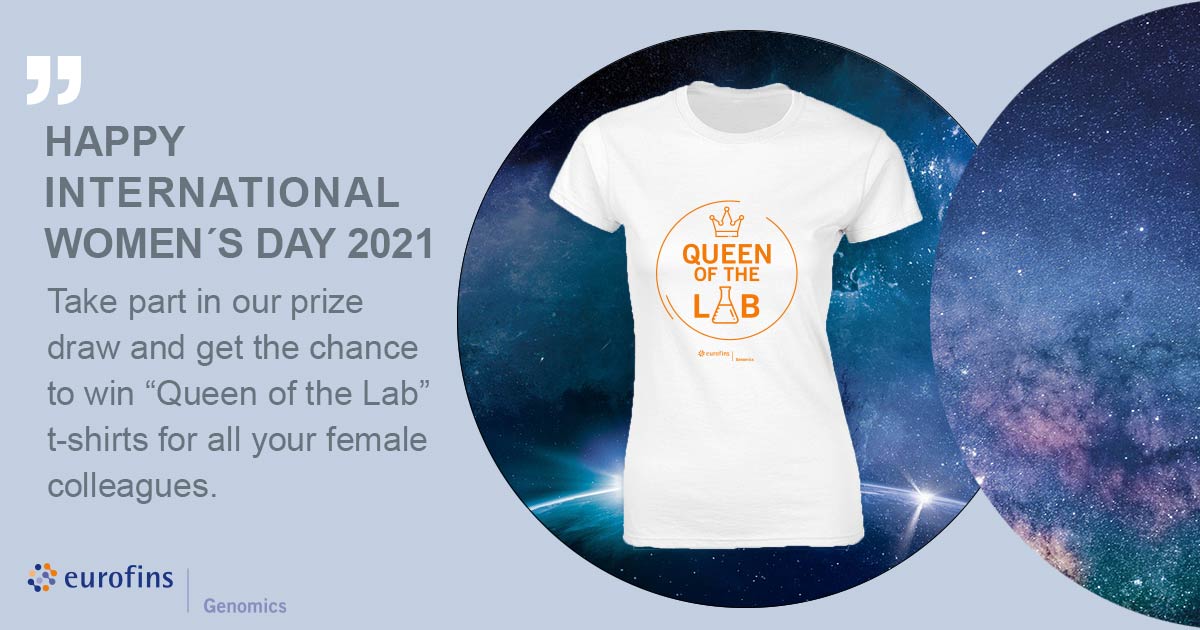
*By participating in the competition, you automatically accept the conditions of participation that you can find here.
Women are working in all niches of biological science and technology. They are the role models that young girls who want to pursue a career in science can look-up to.
By Tamseel Fatima and Dessislava Bergner
Are you looking for a new career challenge? Check out the open vacancies at Eurofins Genomics.


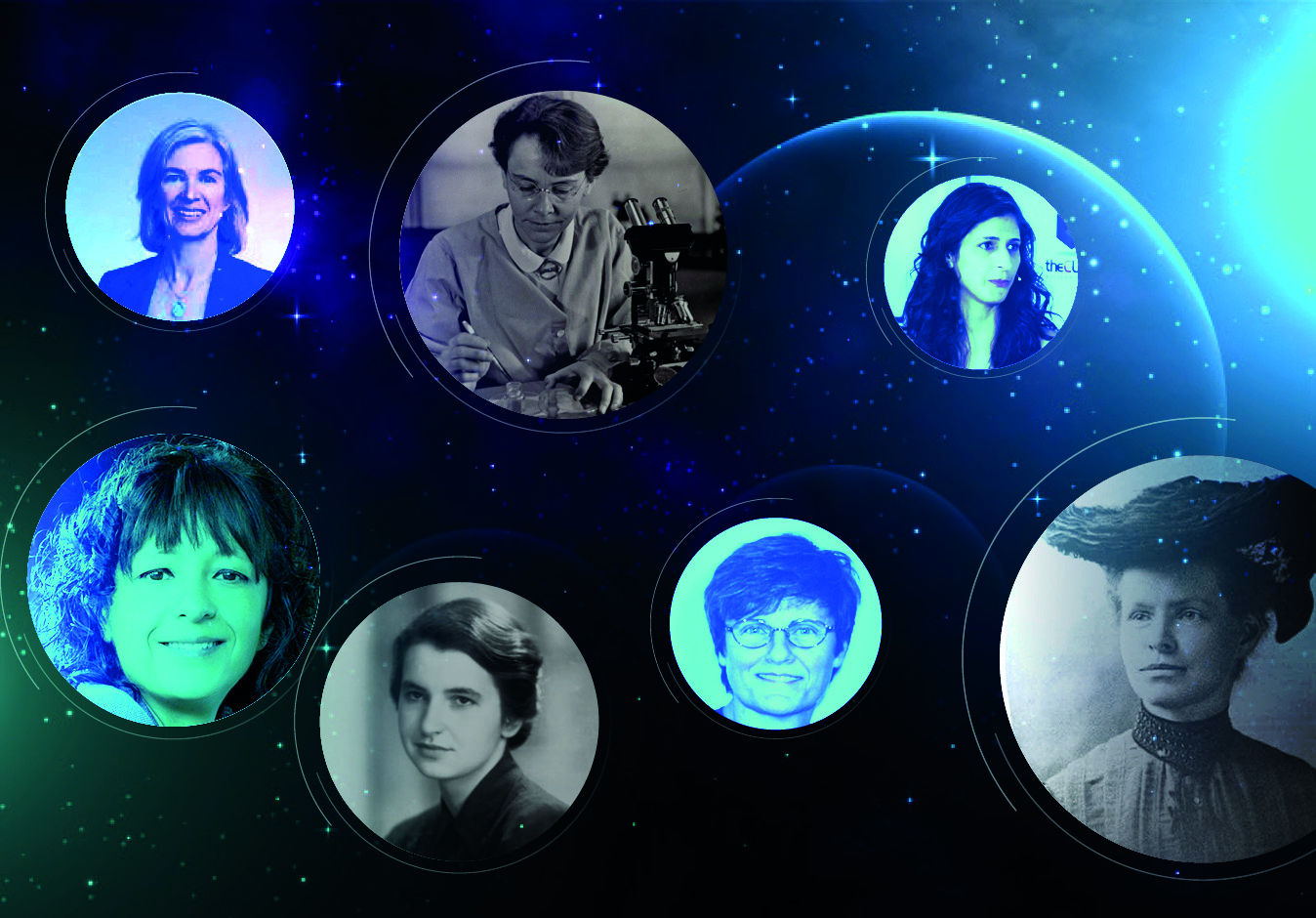
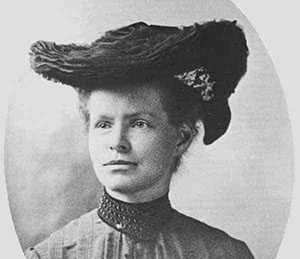
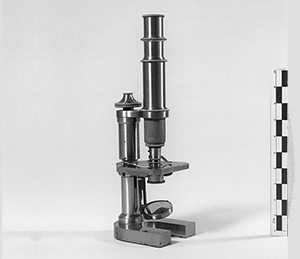
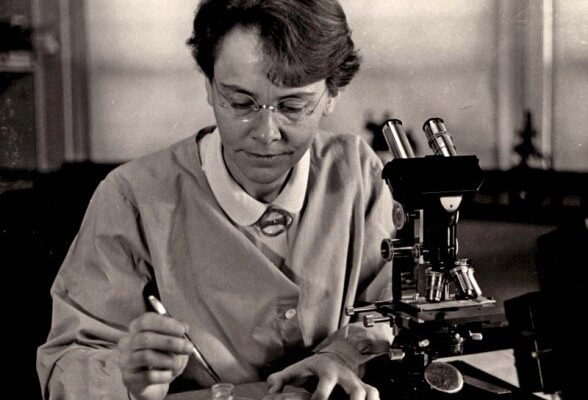
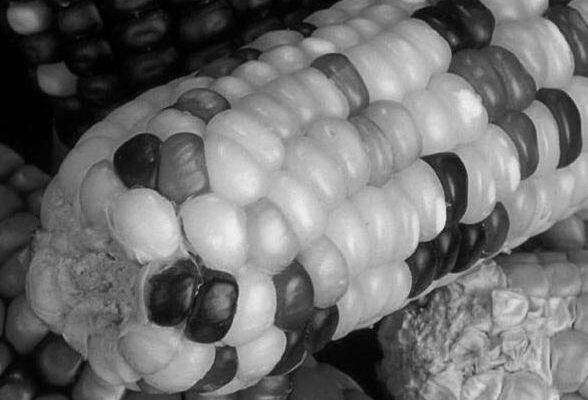
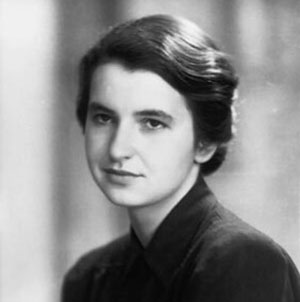
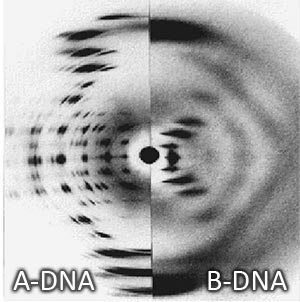
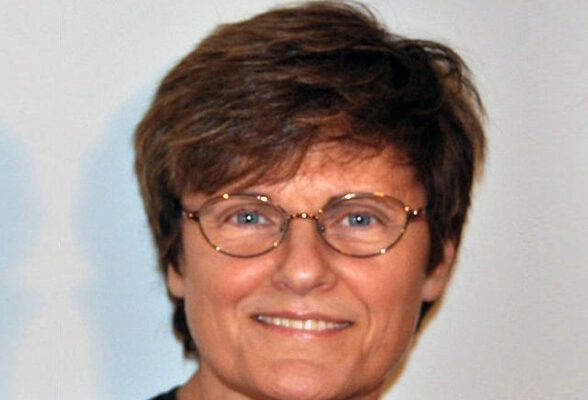
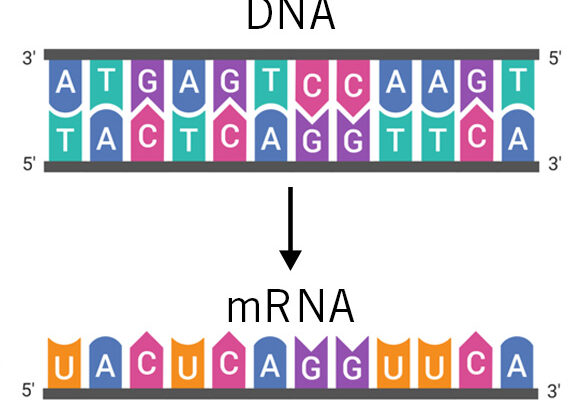
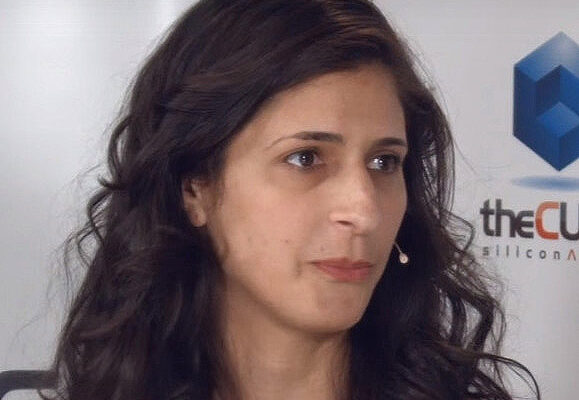
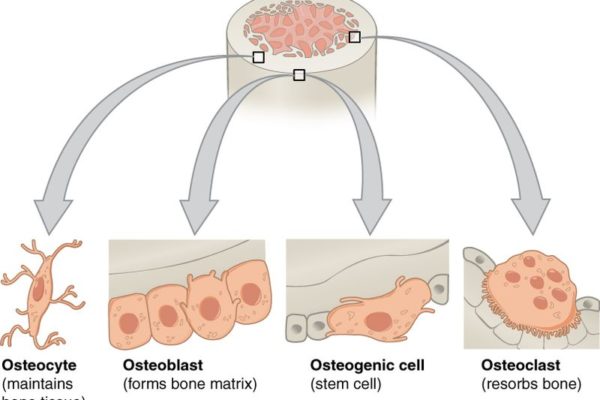
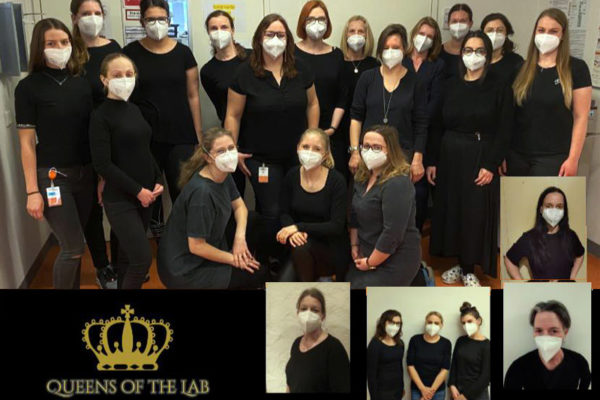
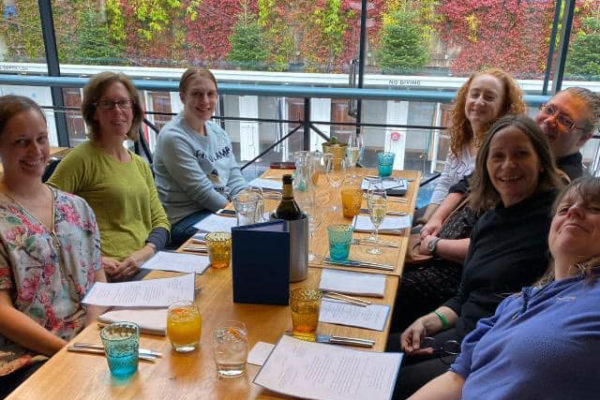
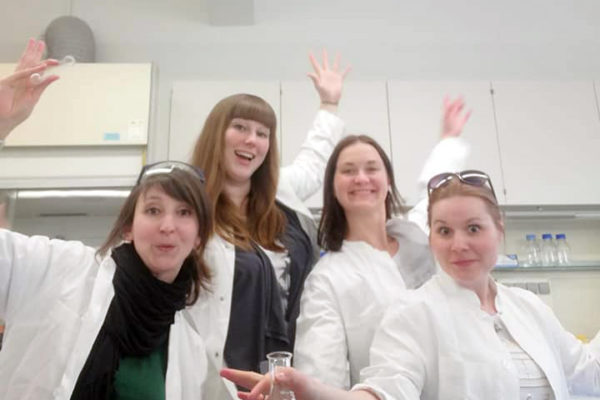
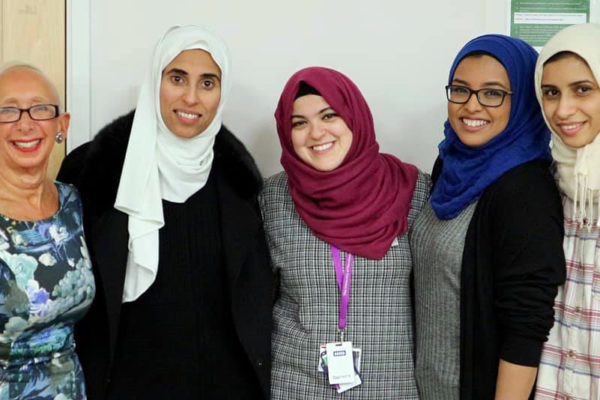
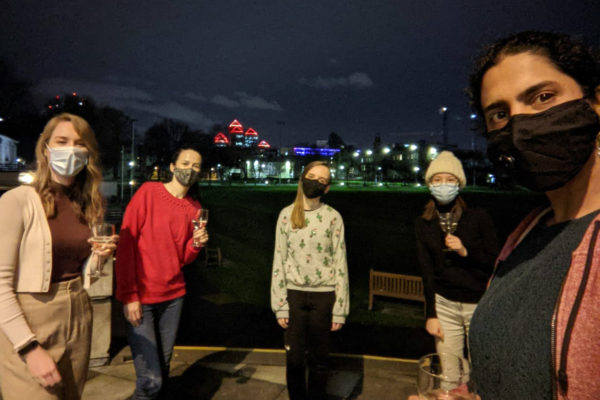
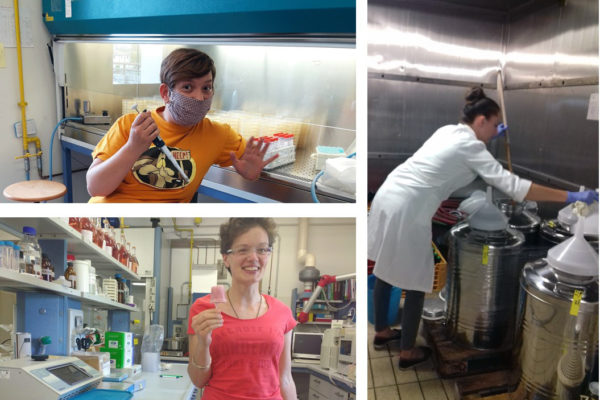
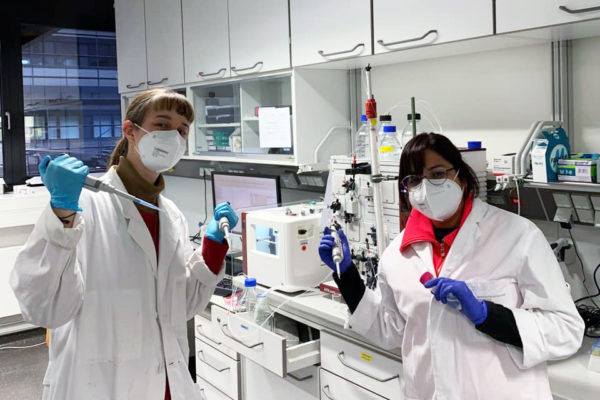
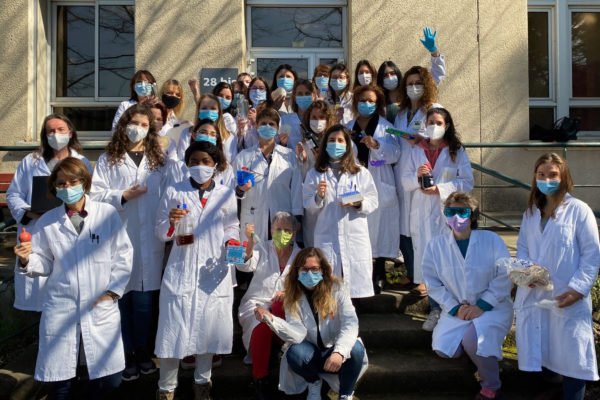
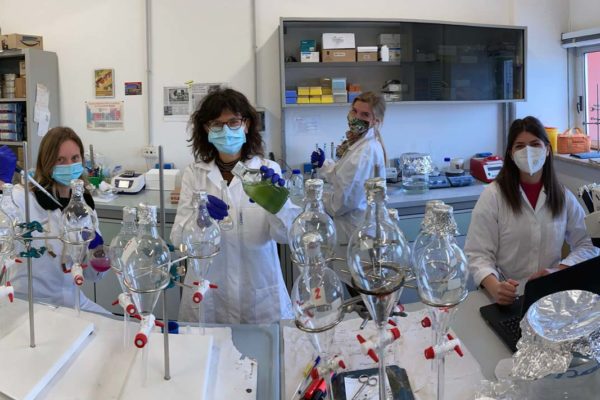
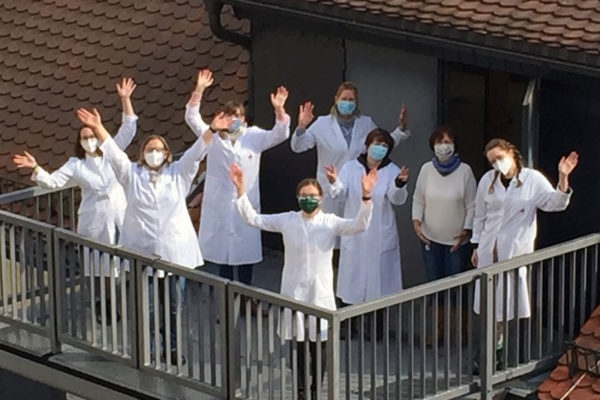
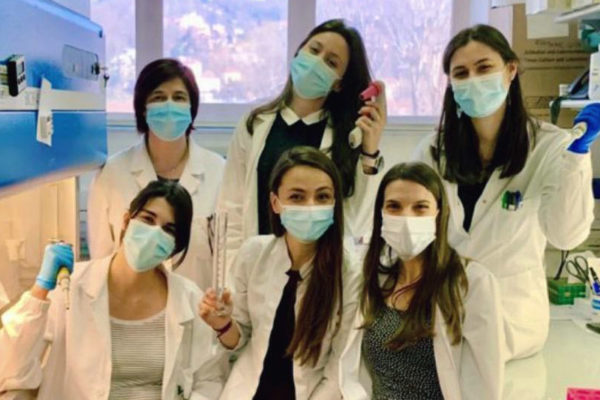
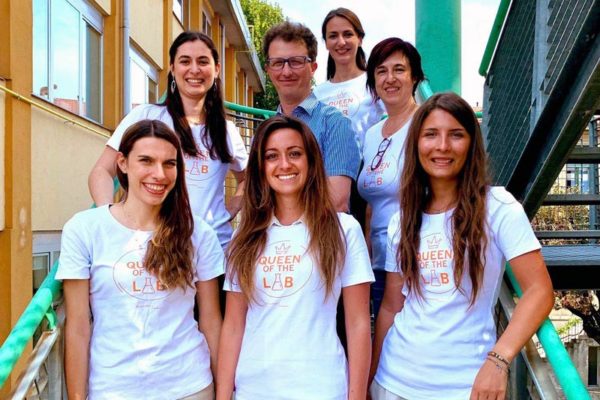
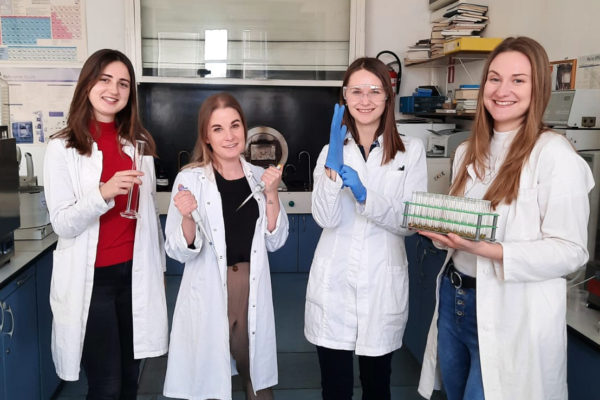
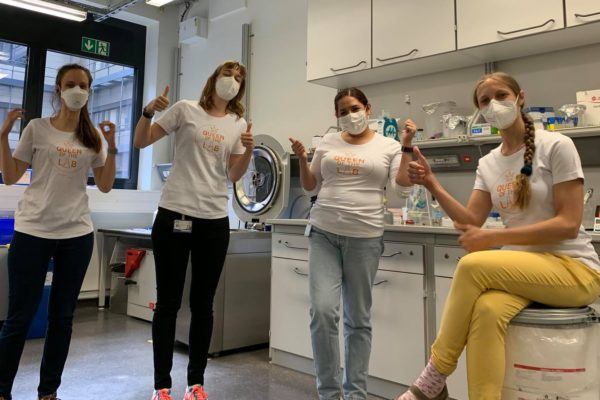
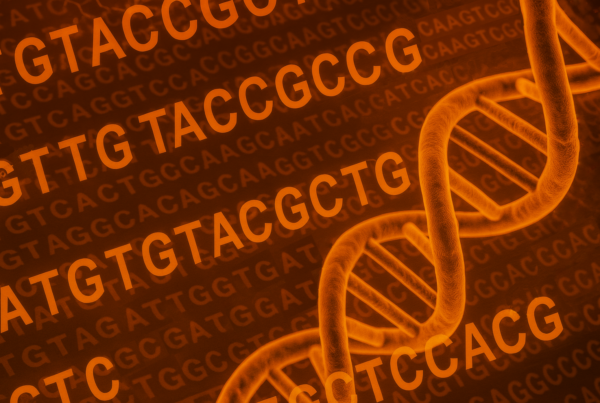
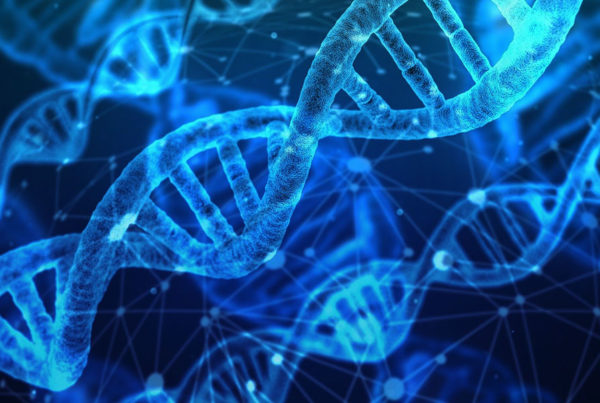
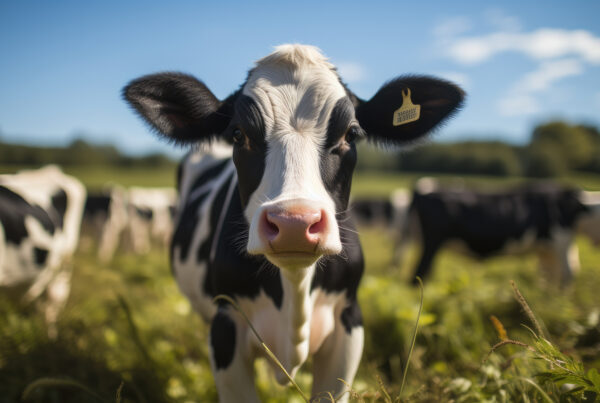

One Comment